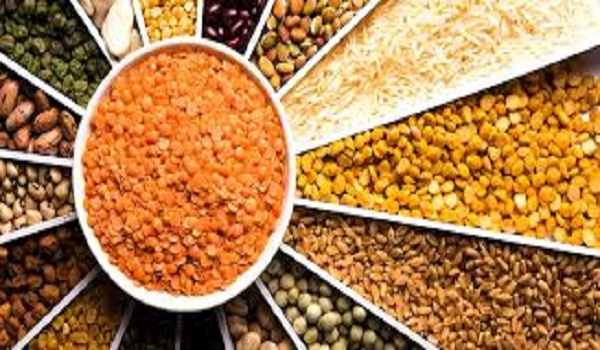India, despite being the world’s largest producer of pulses, faces a significant shortfall in meeting its domestic demand. With an annual consumption of 28 million tonnes and rising, production has lagged behind, leading to increased imports and inflationary pressures on essential food items like the thali, or food platter, which has become a symbol of food inflation in India.
Persistent food inflation, driven by rising vegetable and pulse prices, poses challenges for the Reserve Bank of India’s Monetary Policy Committee (MPC). The perishable nature of vegetables and the impact of climate change exacerbate these issues. Pulses, especially tur (arhar) dal, remain costly as India relies heavily on imports. Government data indicates a 21.64% year-on-year increase in pulse prices in June, compared to 9.21% the previous year. In the 2023-24 financial year, India spent around $3.74 billion on importing pulses like tur, urad, masoor, chana, and yellow peas due to erratic rainfall affecting domestic production.
To address this, the government has launched initiatives to boost self-sufficiency in pulses. It identified 35 new districts for tur cultivation and 13 for urad, distributing high-yielding seeds to increase coverage. This move comes alongside the central government’s promise of the assured purchase of pulses to support farmers and reduce reliance on wheat-paddy cycles.
Agriculture Minister Shivraj Singh Chouhan announced last week in the Rajya Sabha that the government would procure the entire production of tur, urad, and masoor dal from farmers. This follows a significant increase in imports, which surged 84% year-on-year to the highest level in six years. India imported 4.65 million metric tons of pulses in the year ending March 31, 2024, primarily from Canada, Australia, and Myanmar.
Persistent food inflation, significantly influenced by pulse prices, has led the RBI to maintain a cautious approach with interest rates. Despite measures to control inflation, food prices, particularly pulses, continue to drive up the Consumer Price Index (CPI) inflation, which stood at 5.08% in June. This ongoing issue has prompted calls to re-evaluate the inflation-targeting framework to exclude volatile food items.
Improving cold chain infrastructure and achieving self-sufficiency in pulses are seen as vital steps to mitigate persistent food inflation and stabilize the economy.


